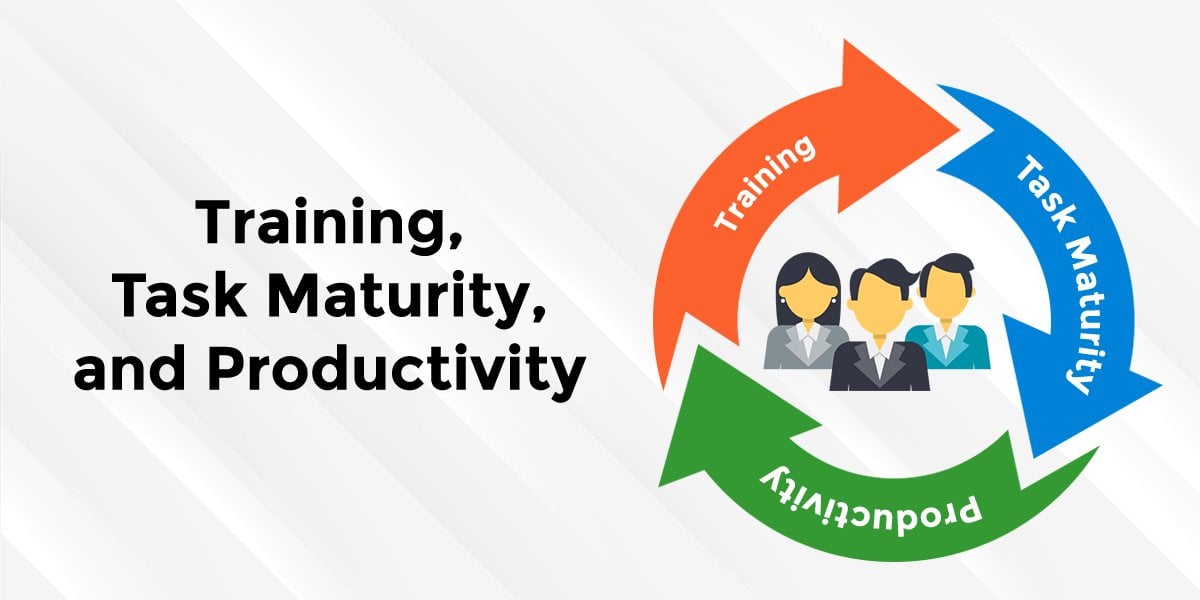Do you know the most troubling thing I heard recently?
Something so troubling that I decided to write this post?
Many managers feel that other people should handle training or that it should be outsourced.
I disagree with this strongly.
Instead, I believe that you – the Manager or CEO of your company – should do it yourself.
Why, you may ask?
Let us first establish the fact that the measure of your productivity is the output of your team.
It is your job to make your employees more efficient and effective so that you can reach your company goals.
Generally, there are two ways through which you can raise the performance of your employees:
1) Motivate them to work harder
2) Increase their capability
Most managers embrace the first task – they know that motivation is a key part of their job and one that cannot be delegated.
Why shouldn’t the same apply when it comes to the second task of increasing an individual’s capability?
The only way to achieve this is by providing quality training.
I get you! But I am too busy to do the training myself.
Let’s have a look at this example:
I have five employees and I wants to improve their skills.
I decide to prepare a 3-hour training course for them.
First, let’s look at the numbers.
The amount of time you invest in preparation for the training course is around 20 hours.
Now consider this:
Your five employees work over 10,000 hours every year. Even a 1% improvement will lead to you saving 100 man hours. You will have gained 100 work hours by investing just 20 hours of your time.
The key take-away is this: the more time you spend on training your employees, the more effective they will become → the more you can delegate → the faster your objectives will be achieved.
 How to design the training?
How to design the training?
Before you start, the very first thing you need to consider is the cost of the student’s time for the company.
After that, brainstorm all of the activities and skills your employees should know and which bring the most value to their job.
Do not leave out anything that may seem too simple or too complex.
This list can include everything, from how to write a professional email message to methods for operating specific machinery; from objective skills in ethics to artistic design.
Get input from the employees themselves. Ask people who are working for you what they feel they need in their roles. They will likely surprise you by telling you about requirements that you never knew existed.
Now, follow the steps below:
1. Assign priorities to the items on the list.
2. Create an outline for your entire course.
3. Avoid getting bogged down. Set a schedule for your course – with deadlines -and commit yourself to it.
4. Start by developing just one topic. Pick the most urgent matter to focus on.
You will soon realize that tasks you can perform in your sleep are much harder to explain and teach than they are to practice.
Now, test the first lecture on a more knowledgeable subordinate, who won’t get confused and can help you perfect the material.
Usually, your first attempt won’t be very good.
You may need to rework the material based on the feedback you receive. Sometimes you may need to start over completely, but you should embrace this as a part of the learning curve.
After a few iterations, your training material will be ready.
Finally, it is important that you collect anonymous feedback at the end of the course. This will help you improve it for next time.
Training is hard work. However, when it’s executed correctly, you stand to gain a lot from it.
Task Maturity

When the task is new, the TM is low. Eventually, as the subordinate begins to understand better and gains experience in completing the task at hand, then his TM increases.
Your management style should depend on the TM of your employee.
If the TM is low, the most effective approach is the one that offers very precise and detailed instructions. This includes providing more training whereby you teach your employee what to do, how to do it and when to do it. In other words, it is a highly structured approach.
As the TM of the employee grows, the need for training decreases and the most effective method to manage him changes from structured (hands-on) to one of communication, emotional support and encouragement (hands-off).Here, the manager pays more attention to the individual than to the task at hand.
But regardless of the TM, you should always monitor your subordinates to avoid surprises. The absence of monitoring is the difference between delegating a task and abdicating it.
Holy Trinity: Training, Task Maturity, and Productivity

But remember – it takes a lot of effort on your part to get your employee to a high level of TM. You need to be patient and work your way up to it. The best way to achieve this is with effective training.
Once operational values have been learned and the TM is high enough, you can delegate tasks to the subordinate, thus increasing your overall productivity.
You stand to gain a lot
If at an earlier stage you demonstrate the right way of doing things (correct operational values) through proper training, your employees are later more likely to make decisions that you would do if you were in their position.
Liked what you read? Now is the perfect time to take your business to the next level by setting up an offshore team in India.
We have helped all kinds of businesses grow, from funded startups who want to develop rapidly in order to capture the market, to small businesses trying to reduce costs.
Fill in your details below and we’ll get in touch.
[contact-form-7 404 "Not Found"]

 How to design the training?
How to design the training?



